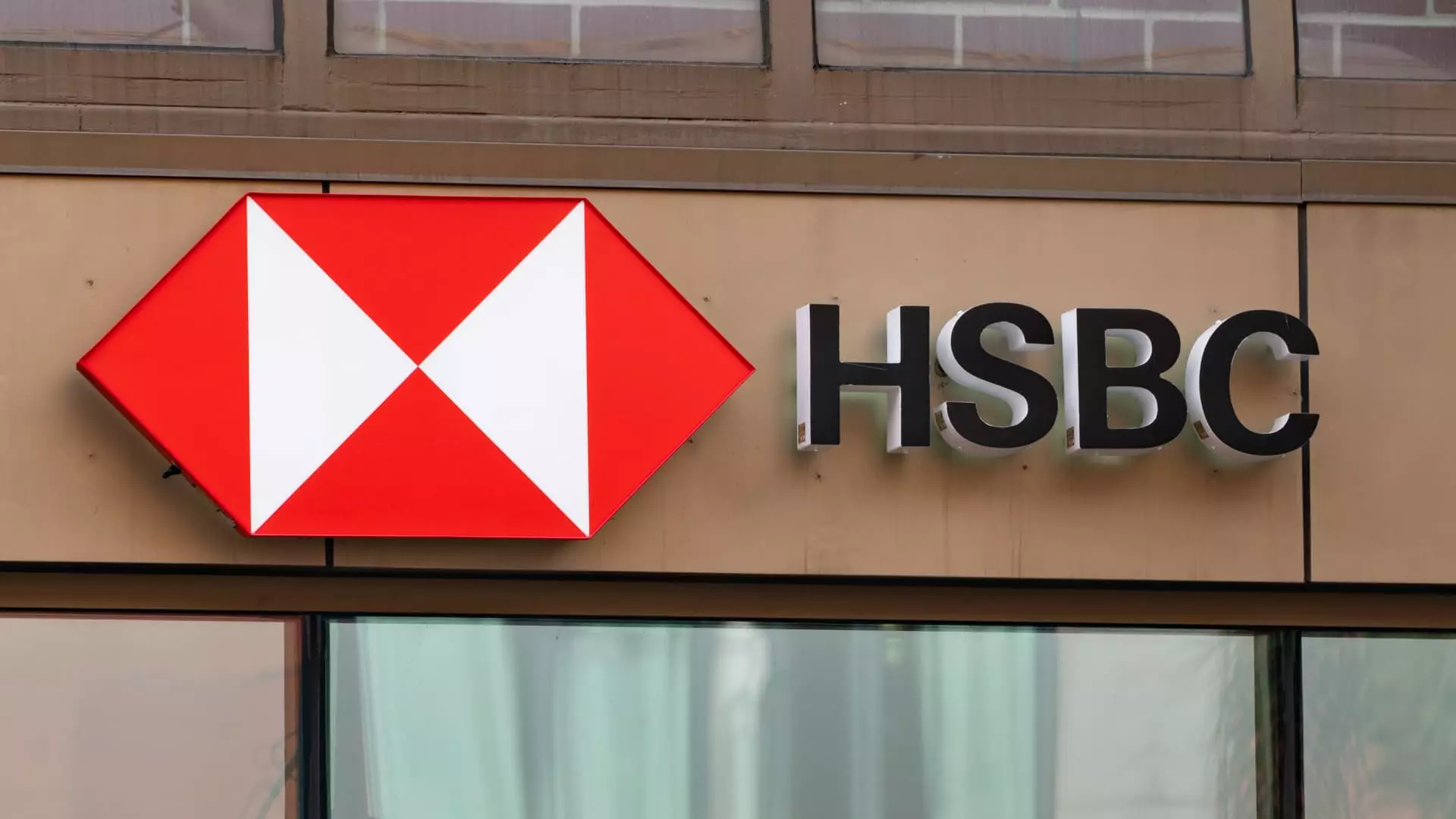In a significant structural transformation, HSBC has announced a new geographic organization that consolidates its operations into four distinct business units. This strategic overhaul marks the appointment of the bank’s first female Chief Financial Officer, a decision that not only signifies progress in gender representation within the banking sector but also reflects broader changes aimed at enhancing operational efficiency. As HSBC embarks on this ambitious journey, it foresees a shift that could redefine its business dynamics and cater to its strategic objectives.
The restructuring reveals HSBC’s intent to bifurcate its global operations into two main branches: “Eastern markets” and “Western markets.” The Eastern markets division will integrate the Asia-Pacific and Middle Eastern sectors, capitalizing on the growth potential in these regions. Conversely, the Western markets division will encompass the U.K., continental Europe, and the Americas. This move reflects a strategic realignment to better serve diverse markets, allowing HSBC to leverage localized strengths while addressing unique economic conditions.
Moreover, HSBC is transitioning to a more simplified model with four primary divisions starting in January: Hong Kong, U.K., international wealth and premier banking, and corporate and institutional banking. This streamlined structure is designed to eliminate redundancies, thereby fostering a more agile organization capable of adapting to rapid changes in the financial landscape. Elhedery’s assertion that this change will facilitate a more dynamic operational model hints at HSBC’s commitment to innovation and responsiveness.
HSBC’s decision to restructure isn’t made in isolation. The influence of key stakeholders, particularly Ping An Insurance, the bank’s largest shareholder, has had a substantial impact. With stakes exceeding 9%, Ping An has been a proponent of separating HSBC’s Asian operations from global functionalities. While this suggestion was dismissed at the last annual general meeting, it underscores the pressure on HSBC to enhance shareholder value and streamline operations.
The backdrop for these changes is a challenging economic environment. Following an era of favorable high-interest rates, HSBC, like many of its European counterparts, is grappling with the implications of a shifting monetary policy landscape dictated by the European Central Bank. The loosening of monetary policy may pose challenges to profitability, making the bank’s recent strategic shifts even more critical for sustaining growth.
HSBC’s recent earnings showcase a bank poised for growth, evidenced by a robust pretax profit of $21.56 billion in the first half of the year, which exceeded analysts’ estimates. The announcement of a share buyback program, valued at up to $3 billion, is an indication of HSBC’s confidence in its financial health despite broader economic pressures. The next financial report set for October 29 will be pivotal, as stakeholders seek insights into the efficacy of the restructuring and its impact on the bank’s financial trajectory.
Reactions from analysts reflect a cautious optimism regarding the restructuring’s potential impacts. UBS has highlighted both the complexity involved in realigning a workforce of over 213,000 and the associated costs of such a significant organizational overhaul. The capability to realize efficiencies—particularly in senior management, as indicated by potential cost reductions of up to $300 million—could dictate the long-term success of these initiatives.
With the leadership shakeup, HSBC has made a pivotal appointment, naming Pam Kaur as its new CFO. This change, effective January 1, will see Kaur transition from her role as Chief Risk and Compliance Officer. The leadership evolution, including the earlier appointment of Georges Elhedery as CEO, points towards a desire for fresh perspectives to navigate the complexities of an increasingly competitive market.
HSBC’s restructuring initiative comes with both opportunities and challenges. As the bank realigns its operational framework, its ability to execute these strategies effectively will be essential for maintaining competitive advantage and responding to external pressures. The coming months will indicate whether this bold restructuring approach translates into sustained growth and enhanced shareholder satisfaction, embodying the principles of agility and innovation at the heart of the banking sector’s evolution.

